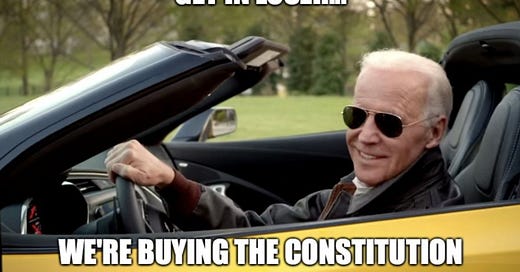#ConstitutionDAO puts the museum world on notice
Crypto investors failed to buy the U.S. Constitution, but they succeeded in showing the power of Web 3.0

This week I, essentially, watched my book play out in real time as a pool of crypto investors raised more than $40 million in an effort to purchase a copy of the U.S. Constitution. Though the bid failed, the spectacle put the museum and…



